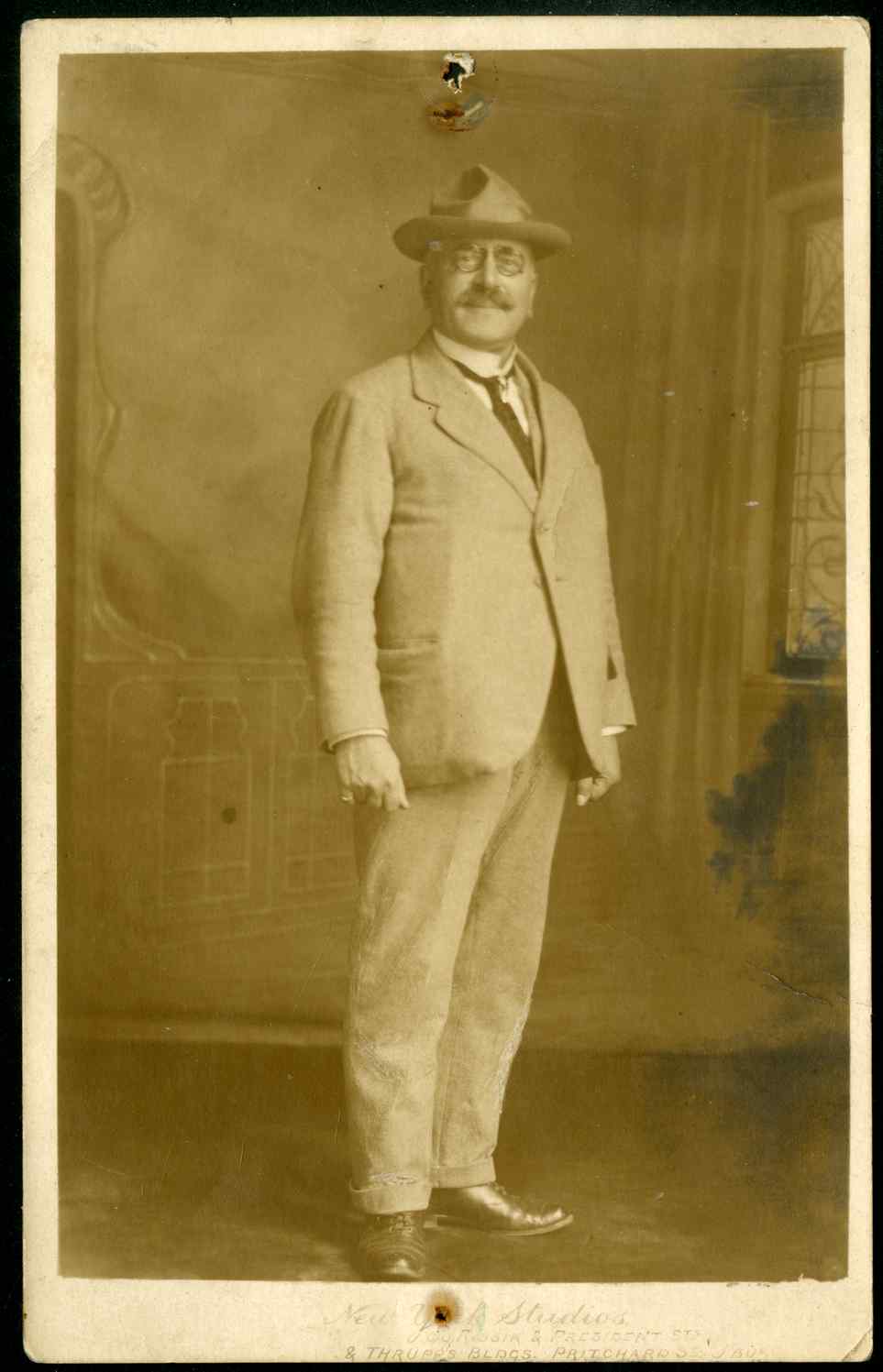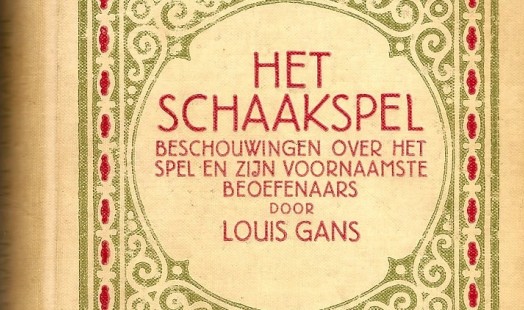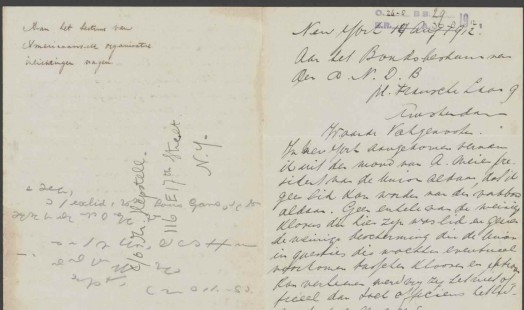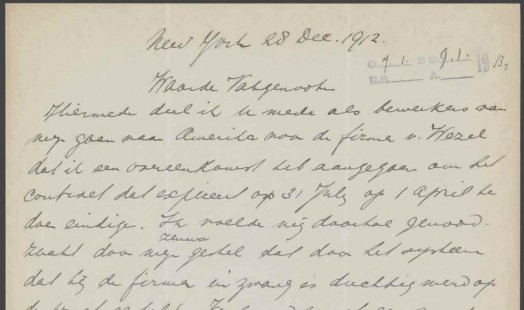Louis Gans
Louis Gans was born on 29 November 1871 as the son of Mozes Meijer Gans and Louisa Gans Polak. At the time of his birth, the family lived at 108 II (front) Rapenburgerstraat. His father was a diamond setter, and Louis became a diamond cleaver. Louis was named Levie at birth and is registered under that name with the Algemene Nederlandse Diamantbewerkersbond [General Diamond Workers’ Union of the Netherlands] (ANDB), although he went by the name of Louis and was known as such in the union as well.
Diamond cleavers gave rough diamonds their initial shape. All kinds of things could go wrong, and cleavers therefore had the greatest responsibility and earned the most as well. Initially this made cleavers difficult to organize in the union.











